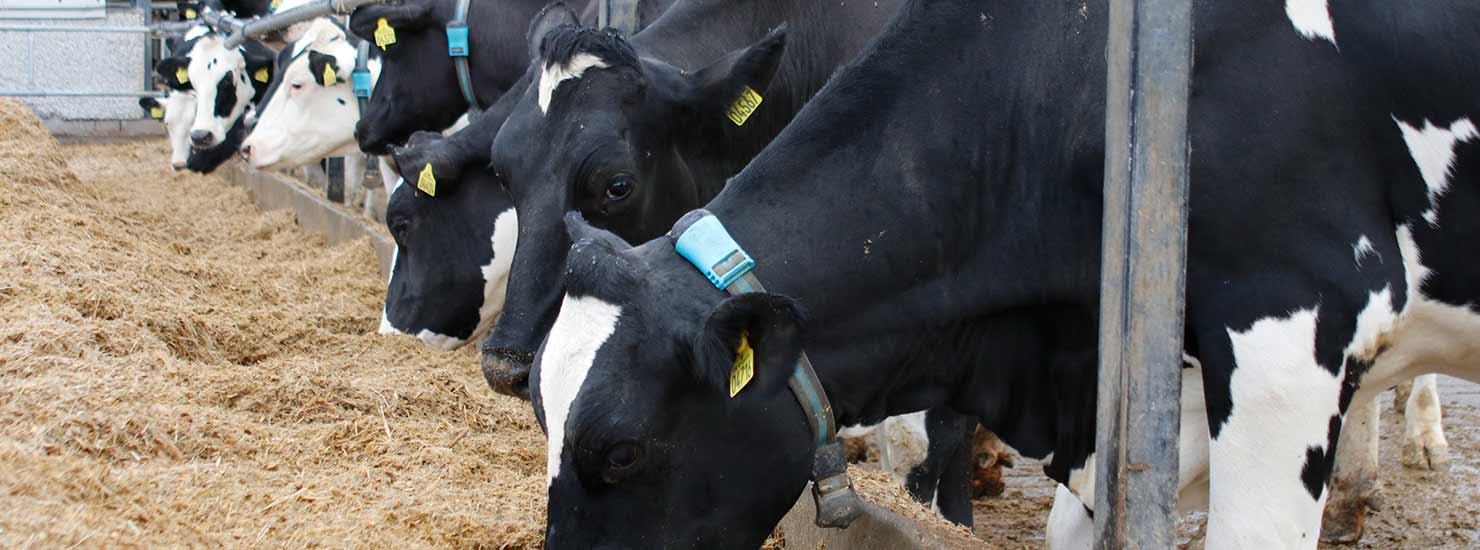
21-02-2019

FOSS announces availability of a new Fatty Acid Origin test that helps dairy farmers to maintain desired milk fat content and composition in their milk deliveries.
The test reveals changes in the fatty acid profile of raw milk that, in turn, warn of trends in milk fat that can mean lower prices for deliveries. The test can spot the changes a few days before milk is actually affected, allowing farmers and nutritionists to head-off the threat through smart and timely feeding of the dairy herd. Farmers can maintain top prices for milk deliveries while the supply chain benefits from milk with more consistent fat content and profile.
Feeding for perfect fat
It is widely accepted that milk fatty acid composition is as¬sociated with the diet of dairy cows. At the same time, feed quality often varies. An example could be that the fibre content of grass silage increases making it less digestible. The digestion system of the cow adjusts by mobilising body fat to compensate for the reduced amount of feed energy available. This has an effect on the milk fatty acid profile. Specifically there will be lower concentrations of de novo fatty acids and higher concentrations of preformed fatty acids.
Based on the fatty acid origin profile information, a dairy farmer can intervene by adding more grain to the herd’s ration to compensate for the lack of energy caused by lower digestibility of the grass silage.
“The fatty acid origin profiling opens up new possibilities in dairy cow nutrition,” said Dr. Daniel Lefebvre, General Manager at Valacta Canada. “It will be an important tool to actually manage the cow’s energy balance and further fine-tune and optimize dairy cow feeding in the future.”
Ready-for-use with existing milk testing platforms
The fatty acid origin test is available for FOSS MilkoScan 7 RM, MilkoScan FT+ and CombiFoss solutions which are widely used in raw milk testing laboratories around the globe.
The new fatty acid origin package consists of three prediction models: 1) de novo fatty acids, 2) mixed fatty acids, and 3) preformed fatty acids.
The new models have been developed based on full spectra data and gas chromatography reference data from multiple countries on three continents (Europe, North America, Asia). All data used originated from raw milk samples only (both bulk tank and individual cow milk samples) to reflect routine conditions in milk-testing laboratories.